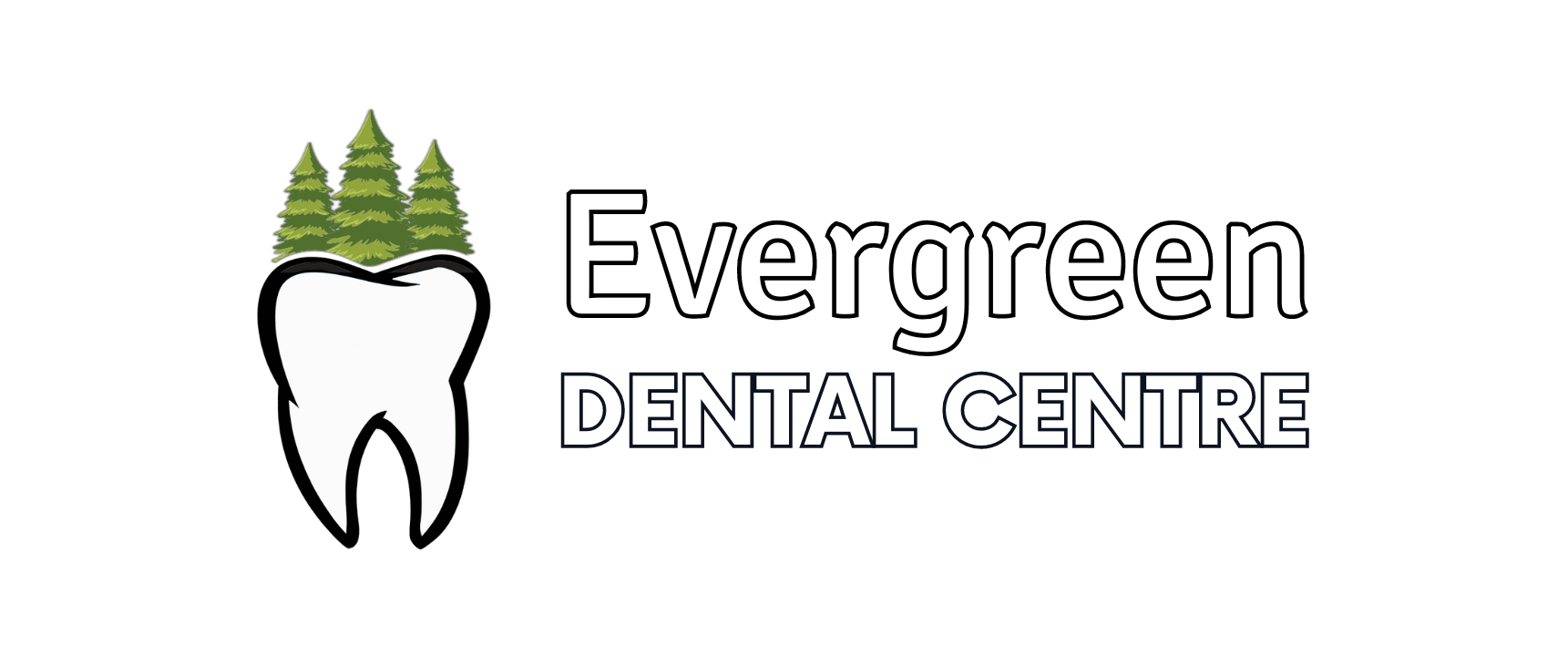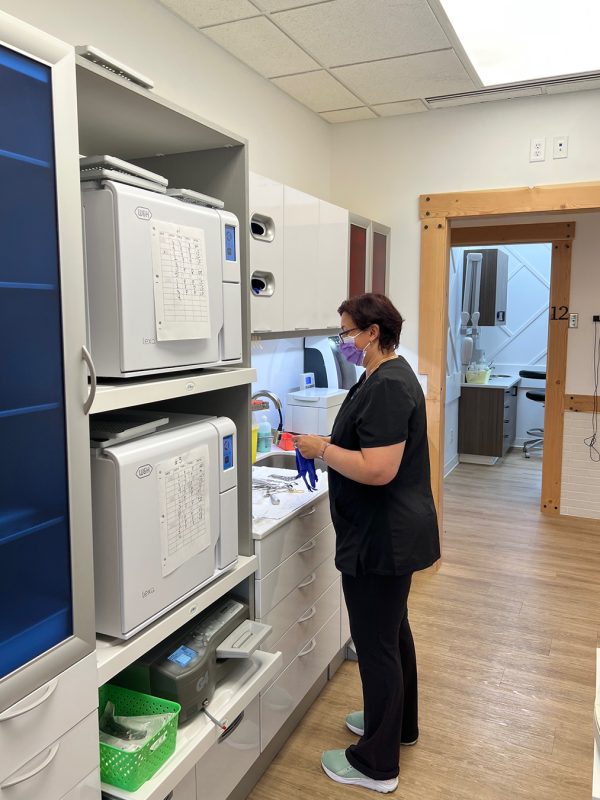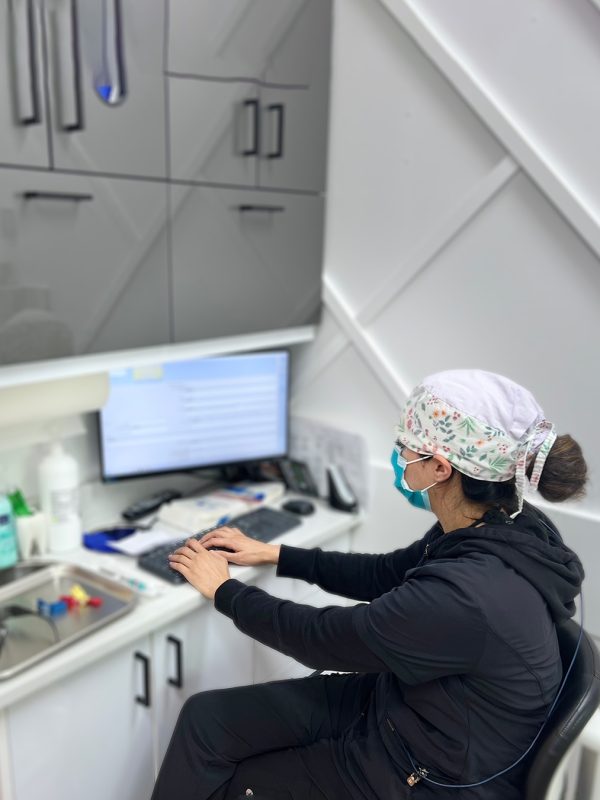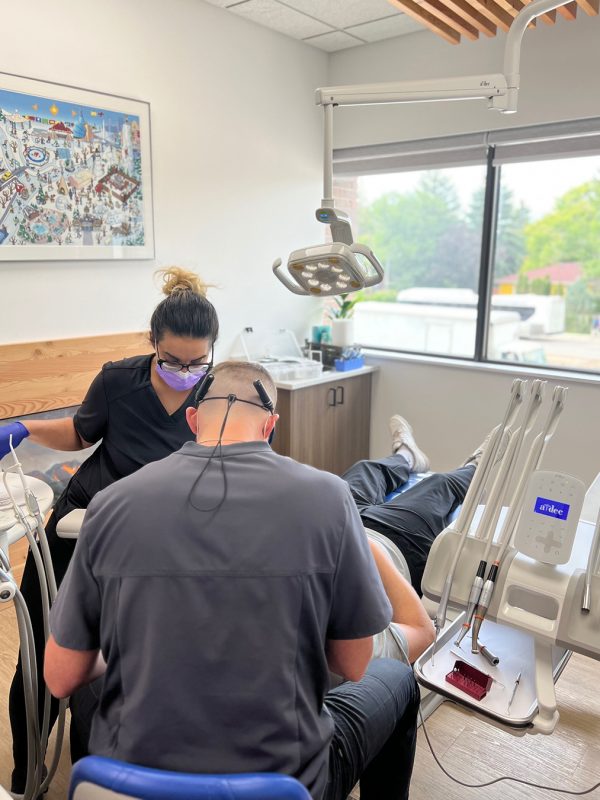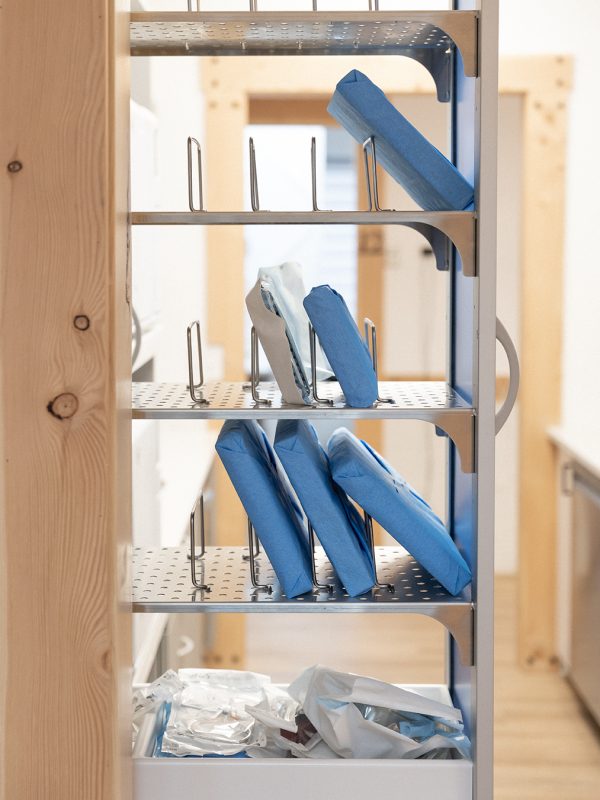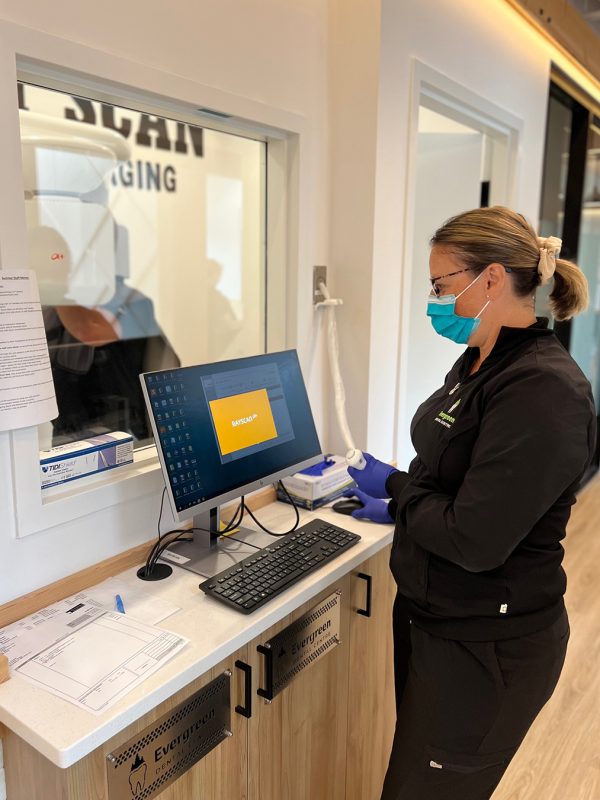Your teeth undergo an interesting transformation throughout your life, and knowing the difference between deciduous and permanent teeth can give you a clearer picture of how your oral health evolves. These teeth serve different functions at different stages, and understanding their roles can help you maintain a healthy mouth as you age. Let’s take a closer look at what sets these two types of teeth apart and why both are essential for your smile.
Table of Contents:
- What Are Deciduous Teeth?
- What Are Permanent Teeth?
- Key Differences Between Deciduous and Permanent Teeth
- Conclusion
What Are Deciduous Teeth?
Deciduous teeth, also known as “baby teeth” or “milk teeth,” are the first set of teeth that appear in a child’s mouth. Typically, these teeth begin to emerge around six months of age and are gradually replaced by permanent teeth between the ages of six and twelve. A full set of deciduous teeth consists of 20 teeth, including incisors, canines, and molars. These teeth help children with essential functions like biting and chewing food, as well as speaking clearly, while also guiding the proper alignment of the permanent teeth that will follow.
What Are Permanent Teeth?
Permanent teeth, also referred to as “adult teeth,” are the second and final set of teeth that replace deciduous teeth. These teeth typically begin to erupt around the age of six and continue emerging until the late teenage years, with the third molars (wisdom teeth) being the last to come in, usually in the early twenties. A full set of permanent teeth includes 32 teeth, comprising incisors, canines, premolars, and molars.
Known as the “adult teeth,” they are designed to serve throughout a person’s lifetime, taking over the essential roles of chewing, speaking, and contributing to facial structure and aesthetics. Unlike baby teeth, which are smaller and meant to eventually fall out, permanent teeth are larger, stronger, and have deeper roots, making them suitable for long-term use.
Key Differences Between Deciduous and Permanent Teeth
Deciduous (baby) teeth and permanent (adult) teeth are both essential in dental development, but they have distinct differences that reflect their unique roles in the body. Let’s explore the key differences between these two types of teeth in terms of their structure, function, and timeline.
Size and Structure
Deciduous teeth are smaller with thinner enamel and dentin, giving them a more delicate structure. They are designed to fit in a child’s smaller mouth. In contrast, permanent teeth are larger with thicker enamel, stronger dentin, and deeper roots to ensure durability throughout life.
Number of Teeth
A child has 20 deciduous teeth, including incisors, canines, and molars, but no premolars. Adults have 32 permanent teeth, which include incisors, canines, premolars, and molars, with wisdom teeth sometimes appearing later.
Eruption and Timeline
Deciduous teeth start emerging at six months and are fully developed by age three. They begin to fall out around age six, making room for permanent teeth. Permanent teeth begin to emerge at age six and continue to erupt into the late teenage years, with wisdom teeth appearing between 17 and 25. Once permanent teeth are lost, they do not regrow.
Root Structure
The roots of deciduous teeth are shorter and shallower, allowing them to fall out easily when permanent teeth push through. Permanent teeth have longer, stronger roots that anchor them securely for long-term use.
Function and Role
Deciduous teeth help with early childhood speech, chewing, and jaw development, guiding the alignment of permanent teeth. Permanent teeth, on the other hand, support chewing, speech, and facial structure throughout adulthood, influencing both appearance and confidence.
Enamel Thickness and Durability
The enamel on deciduous teeth is thinner, making them more susceptible to decay. Permanent teeth have thicker enamel, offering better protection against cavities and wear.
Color Differences
Deciduous teeth are typically whiter due to their thinner enamel, while permanent teeth tend to have a slightly yellow or grayish tint because of the thicker enamel and more dentin.
Susceptibility to Decay
The thinner enamel of deciduous teeth makes them more prone to cavities, while permanent teeth, though stronger, can still decay if proper oral care is neglected.
Impact on Jaw and Facial Development
Deciduous teeth guide the growth of the jaw and ensure space for permanent teeth. Once permanent teeth come in, they contribute to the full development of the jaw and face, and premature tooth loss can affect facial appearance.
Role in Speech Development
Baby teeth are crucial for forming sounds and speech during early childhood. As speech develops, permanent teeth help maintain clear pronunciation and vocal clarity.
To further illustrate the key differences between deciduous and permanent teeth, the following table provides a concise comparison:
| FEATURES | DECIDUOUS TEETH | PERMANENT TEETH |
| Size | Smaller | Larger |
| Structure | Thinner enamel and dentin | Thicker enamel and dentin |
| Number | 20 | 32 |
| Eruption | 6 months to 3 years | 6 years to early adulthood |
| Root Structure | Shorter and shallower | Longer and deeper |
| Function | Guide jaw growth, aid in speech and chewing | Support chewing, speech, and facial structure |
| Enamel Thickness | Thinner | Thicker |
| Color | Whiter | Yellowish or grayish |
| Susceptibility to Decay | More susceptible | Less susceptible |
| Impact on Jaw and Facial Development | Guide jaw growth | Support jaw and facial structure |
| Role in Speech Development | Aid in early speech development | Support clear and accurate speech |
Conclusion
Understanding the key difference between deciduous and permanent teeth helps you appreciate the unique roles each set plays in your oral health. From their size and structure to their function in speech and jaw development, each set is designed to serve a specific purpose at different stages of life. Taking care of both sets of teeth ensures not only a healthy smile today but also a strong foundation for your adult teeth to last a lifetime.
To learn more about how to care for your teeth at every stage of life, schedule an appointment with our dental experts. We can provide personalized advice and treatment recommendations.
